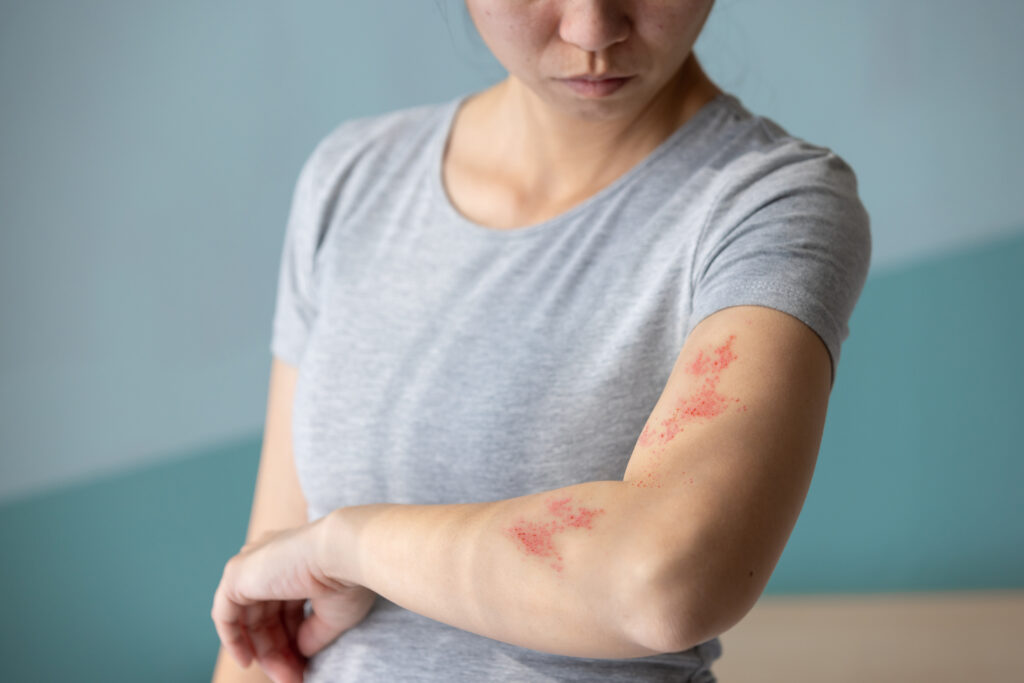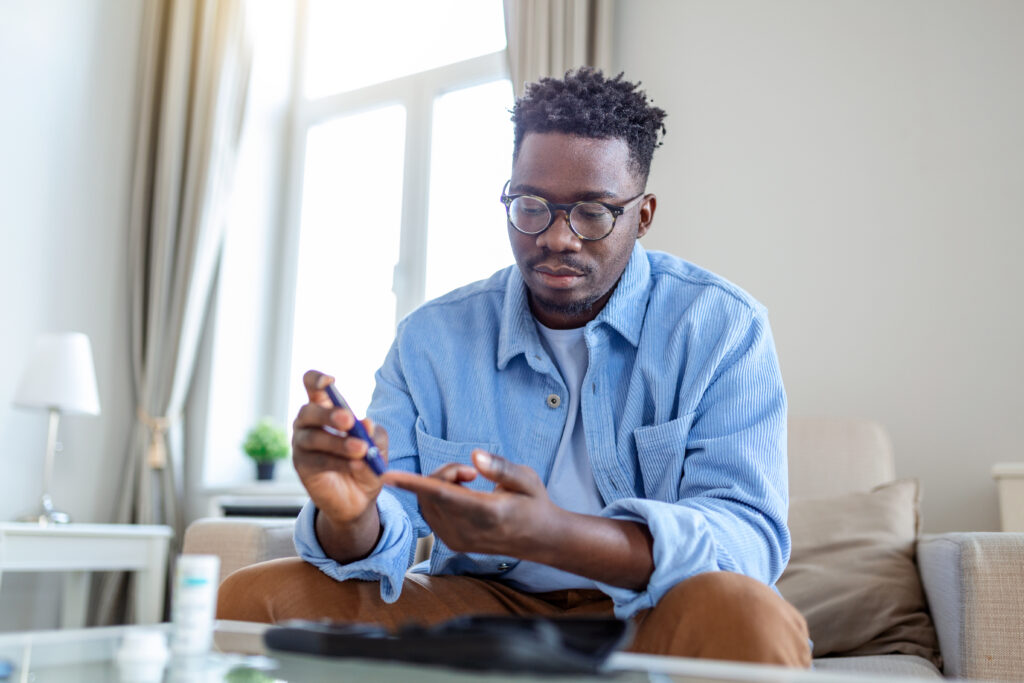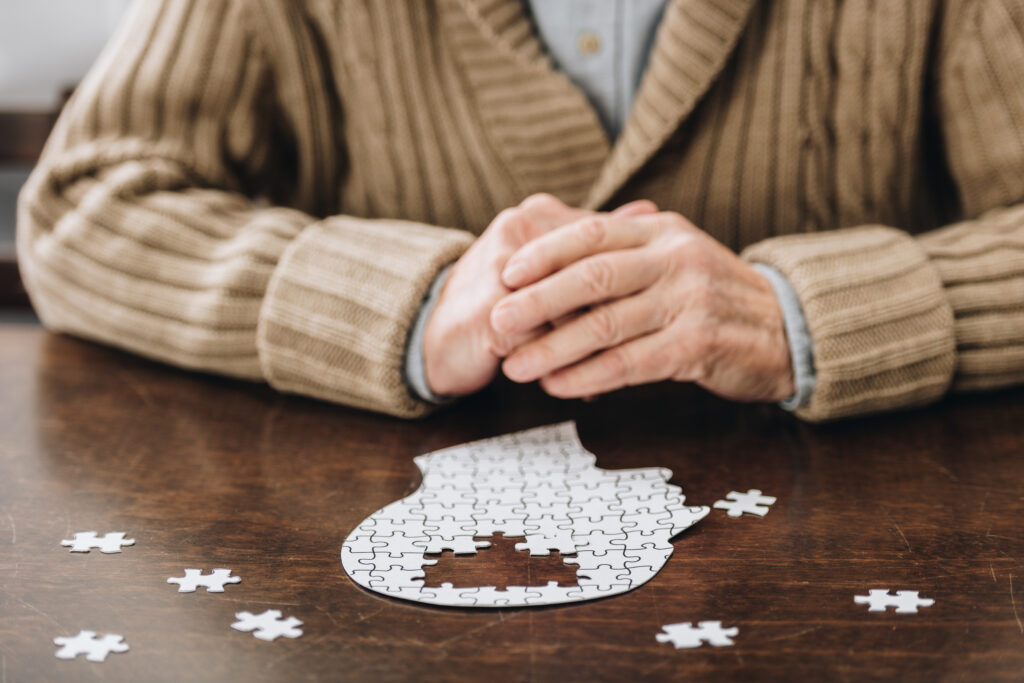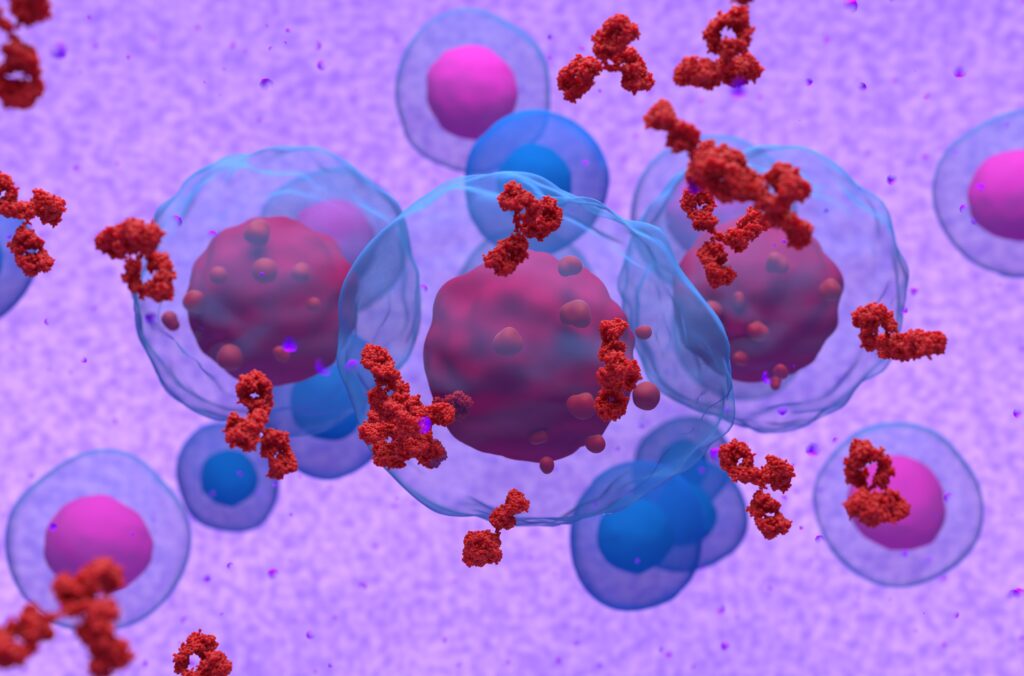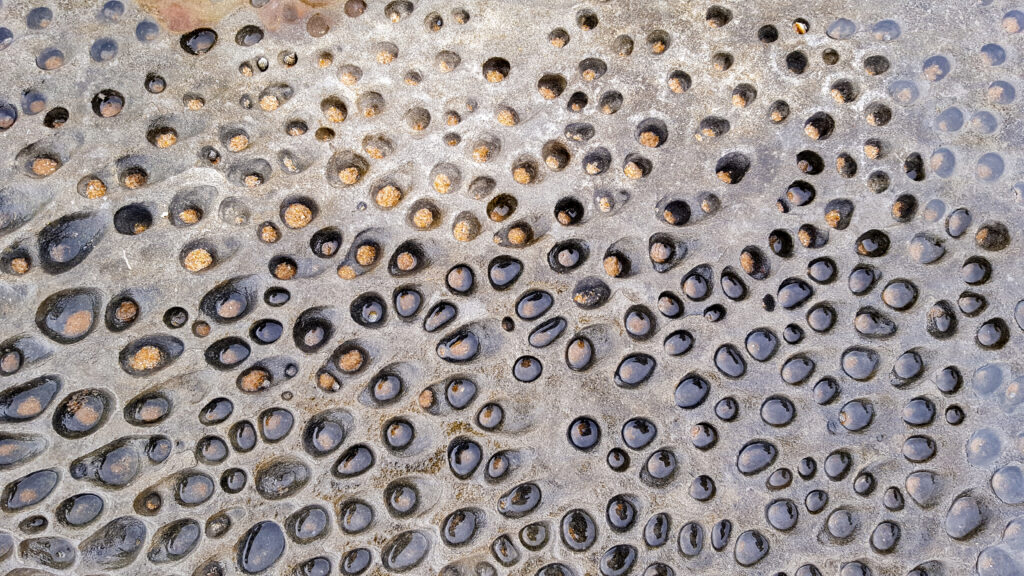
Trypophobia (which comes from the Greek words trypos for “holes” and phobos for “fear”) is a fear response that is activated by viewing holes, specifically in an irregular pattern or cluster. This condition is incredibly common, with an estimated one in six individuals experiencing a degree of trypophobia. Most with trypophobia also experience other mental health conditions, such as anxiety, depression, and OCD.
The Diagnostic and Statistics Manual of Mental Disorders (DSM) does not recognize tryphobia as an official disorder. However, curious researchers have spent years studying to understand where trypophobia stems from and how it can be managed. What are the symptoms of tryphobia? What leads to its development? And how can those with trypophobia gain mastery over their fear?
What Is Trypophobia?
Studies have shown that trypophobia is not necessarily a fear of holes but rather holes arranged in an abnormal pattern. Like other phobias, trypophobia is defined as an irrational or unreasonable fear. While the experience of living with the condition is valid, the subject poses no real threat. Other similar phobias include globophobia (the fear of balloons), sidonglobophobia (the fear of cotton balls), and chaetophobia (the fear of hair).
Despite the harmlessness of irregular holes, those with trypophobia experience a psychological danger response. Symptoms of trypophobia may mirror the typical manifestations of a panic attack, such as shortness of breath, chest pain, intense terror, trembling, and a fast heart rate. In one early study, Doctor Geoff Cole, a pioneer in trypophobia research, found that those with trypophobia experienced a jump in their heart rate when presented with images of abnormal holes and patterns.
Fascinatingly, some studies have suggested that trypophobia may stem from our evolutionary history. The reaction those with trypophobia experience when presented with images of holey patterns could relate to genetic recognition of poisonous animals, such as the deadly spotted blue-ringed octopus and venomous reptiles. It could also stem from a biological fear of early human skin diseases, many of which have taken on traits of tryphobia throughout history. However, there is also the chance that trypophobia has no evolutionary roots, and the condition may stem more from disgust than fear. No matter the cause of the aversion, trypophobia remains an enigma in the scientific community, with more research needed to understand its full background.
What Triggers Trypophobia?
Trypophobia exists on a spectrum, and a range of images, textures, and patterns may trigger those with the phobia. These include:
- Honeycombs
- Coral
- Fruit seeds (such as strawberries)
- Sponges
- Aerated candy
- Sunflowers
- Holes in pavement
- Beehives/wasp nests
- Multi-eyed insects
- Swiss cheese
- Seeded bagels and bread
- Snake and lizard skin
- Shoe soles
- Showerheads
With an enormous number of triggers and different sensitivities to patterns of holes, what activates a trypophobia response will likely vary from individual to individual.
How Is Trypophobia Diagnosed?
Acquiring a diagnosis for trypophobia is not straightforward. Identifying this phobia will likely require contacting a psychologist or psychiatrist. However, not all healthcare workers will validate trypophobia. Since it is not classified as a disorder, trypophobia can be recognized but not medically diagnosed. If you feel that symptoms of trypophobia are affecting your well-being, finding a validating mental healthcare professional may be the first step in addressing your symptoms.
Self-testing and questionnaires are also available online, though they may not be comprehensive. One test, the Implicit Trypophobia Measure 0.5a., was developed to collect research on trypophobia. It may be useful in determining if your distress response to patterned holes is trypophobic, which you can later share with a supportive mental health practitioner.
Treatments for Trypophobia
The primary treatment for trypophobia is called exposure therapy. This therapy is a forerunner for treating many phobias, trauma responses, and anxiety disorders. Exposure therapy teaches you to tolerate the emotions that arise when confronting a trigger and disabling your fear response. This practice may include viewing images that trigger your trypophobia in a safe, therapeutic environment. Little by little, a mental healthcare professional can help you build tolerance with repeated, prolonged exposure until the phobia no longer has a hold over you.
Another popular form of phobia therapy is Cognitive Behavioral Therapy (CBT). Like exposure therapy, CBT helps you build a tolerance against distressing emotions while reshaping your thoughts toward your phobia. This therapy can help you better tolerate your triggers and feel more empowered to navigate your life without fear.
Exposure therapy or CBT may be too stressful for some to undergo, yet a therapist or healthcare professional can help identify other potential sources of relief. Anxiety medications, mindfulness, meditation, and emotional regulation skills may all serve a role in helping keep your trypophobia from disrupting your life.
Resource Links
“Trypophobia” via Cleveland Clinics
“Trypophobia and the Fear of Holes” via Verywell Mind
“Trypophobia: Heart rate, heart rate variability and cortical haemodynamic response” via PubMed
“Fear of Holes May Stem From Evolutionary Survival Response” via Association for Psychological Science
“What Is Exposure Therapy?” via American Psychological Association
“Specific Phobias” via Mayo Clinic

